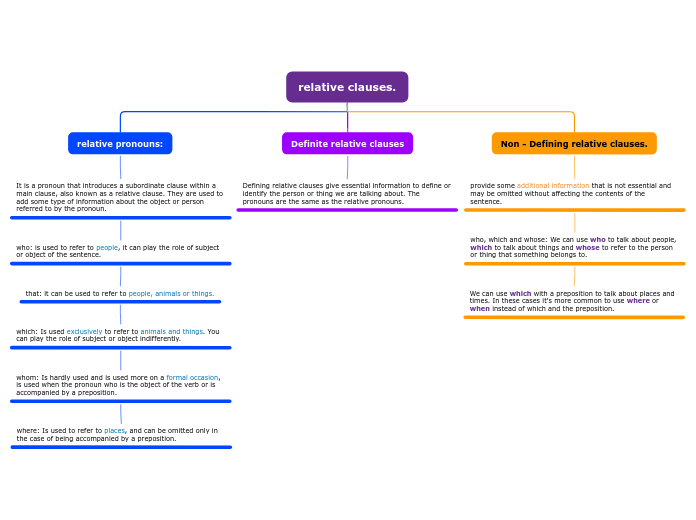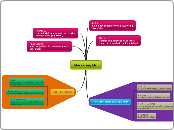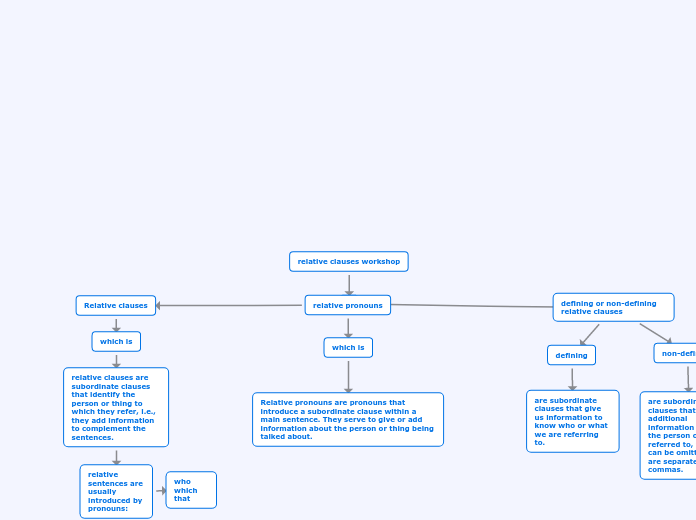por juanita martinez duque 3 anos atrás
1175
relative clauses.
Relative clauses are used to add information about a noun in a sentence. They can be either defining or non-defining. Defining relative clauses provide essential information needed to identify the noun, while non-defining relative clauses add extra information that can be omitted without changing the sentence'









